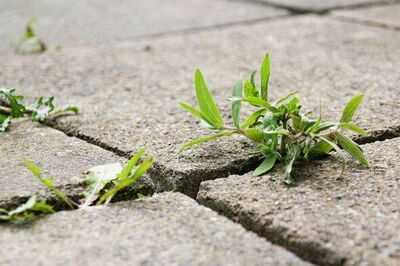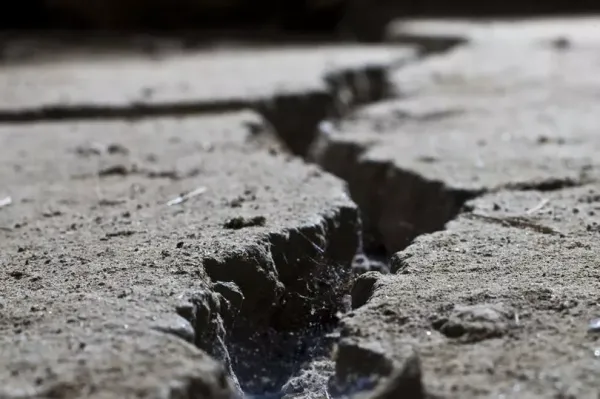
As we come into autumn experts are warning households against overlooking one autumn job that could rack up a nasty bill.
With the weather getting colder and wetter, many of us are taking out are warm knits, switching on the radiators and prepping the house for winter as part of a September reset. However, on the back of the hottest UK summer on record, according to the Met Office, there’s one spot many of us forget about: the driveway and patio.
Over the hot months, tiny cracks can form in their surface, which rainwater will seep into. As temperatures drop, that trapped water freezes and expands, making those little cracks way bigger.
READ MORE: UK households urged to declutter 10 things from their home during September
READ MORE: UK gardeners warned over small plant lurking in garden that 'could be toxic'

This freeze-thaw damage can ruin the surface, which can even lead to the need for a full replacement. For a large driveway, this can end up costing you £8,000 or more. However, it’s a charge you can easily avoid with some simple maintenance.
According to experts, to prevent this "freeze-thaw" damage, the window to act is now. Sealing and protecting your driveway in autumn is a simple step that could save you thousands.
Bill Jarvis, a paving expert at Premium Paints, explains: "Homeowners often wait until spring to repair their driveways, but by then the damage is already done."
He continues: "We are in the critical season for preventative care. A simple coat of sealant acts as a waterproof barrier, preventing water from getting into cracks and protecting the surface all winter long."
In order to prevent this expensive mistake, Bill outlines a three-step guide to protecting your driveway. The first is to clean thoroughly, which involves using a hose a jet wash to remove dirt, moss, and loose debris.
Though, Bill adds that if you’re dealing with more stubborn stains like oil or moss, a specialised cleaner will give the best results.
The next step is to repair all cracks. Bill says: “Before sealing, fill any existing cracks with a suitable crack filler. This ensures water can't get in and stops the problem from worsening.”
Lastly, to finish the job, you should apply a high-quality sealant. Bill advises applying a thin, even coat of a block paving or tarmac sealant on “a dry, clear day”.
He explains: “This will create a durable, protective layer that prevents water from penetrating the surface, safeguarding it from frost damage.”
-
Bigg Boss 19 eviction: Nagma Mirajkar and Natalia Janoszek are the first to leave the house

-
Happy Engineers Day 2025: Theme, significance, and wishes for close friends & family

-
Engineers will continue to play crucial role in building Viksit Bharat: PM Modi

-
North Korean hackers used ChatGPT to help forge deepfake

-
Nano Banana AI saree trend: What is this viral trend on social media?
